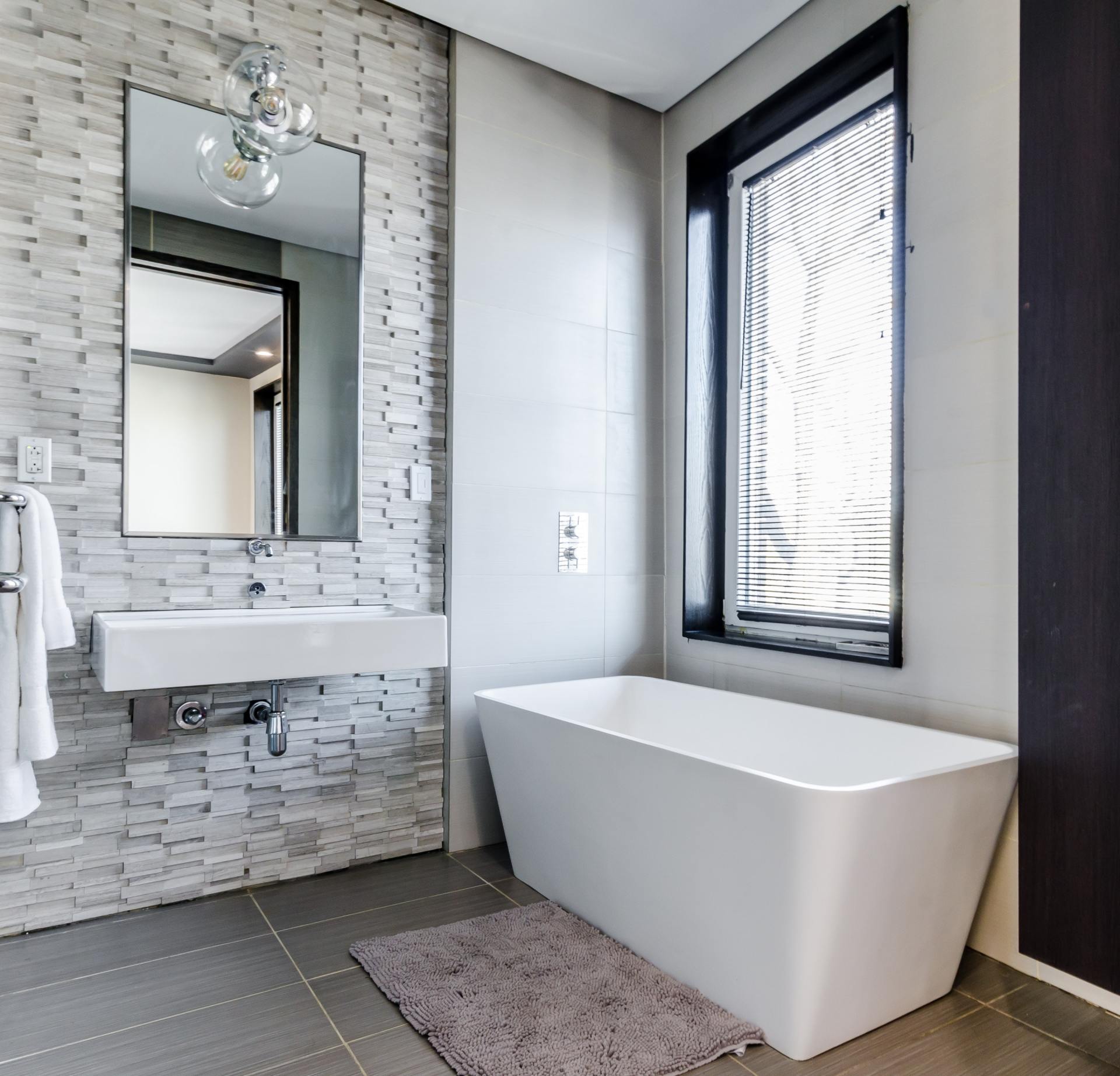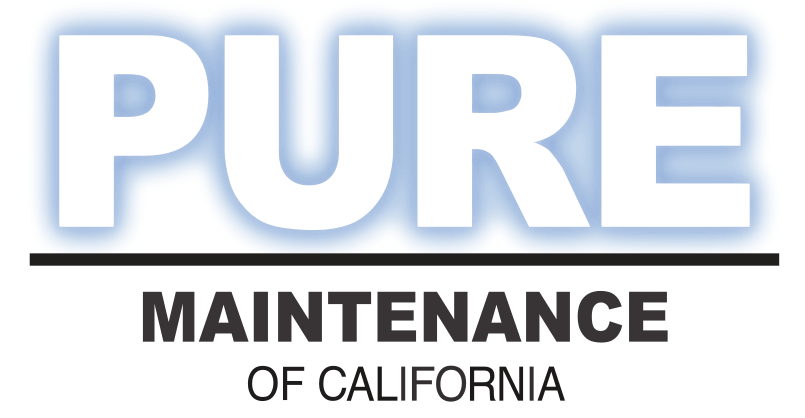Blog
Blogs
By Ryan Taylor
•
September 18, 2019
InstaPURE The first of Pure Maintenance’s two-step process is a “dry fog” called InstaPURE. InstaPURE utilizes a powerful EPA-registered cold sterilant that denatures mold spores throughout your home, lysing their cell walls and unwinding the proteins as described in this article . By turning the mold spore or other microbial organism into inert matter, you can breathe a healthy sigh of relief knowing that the mold in your home or office is gone. The InstaPURE process is so effective that it will disinfect and sterilize without getting anything wet. InstaPURE is also used in offices, hospitals, daycares, gyms, cars, etc. First – We treat all the ductwork in the home or building. Air ducts are common sources of microbial growth due to moisture caused by temperature differentials, so we start here. Second – We treat the remainder of the home or building room-by-room. This is done to build up barometric pressure and relative humidity in each room, invoking the Laws of Thermodynamics. The elevated pressure and humidity, combined with a vapor phase change, will force the dry fog to push into microscopic crevices. Third – We use a liquid chemical sterilant to treat drains, jetted tubs, and overflows to eliminate microbial life. This will denature all the organisms (fungi and bacteria) that cause foul odors in your sinks and showers. The bi-product of the InstaPURE process is akin to distilled white vinegar in a fume form, water vapor, and oxygen. This by-product is not harmful and will disperse quickly when we open windows after treatment. You will notice a slight vinegar-like smell for 24-48 hours after our treatment is complete, BUT you are welcome to sleep in your own bed within a few hours after we leave. EverPURE The second application in the patent-protected Pure Maintenance process is EverPURE. While InstaPURE can effectively remediate virtually any home, office, or other building, what happens when new mold spores enter the premises? EverPURE is the answer! EverPURE provides antimicrobial protection once it is applied. In many areas, this will last much longer!! This organo-silane antimicrobial leaves no visible or tangible residue, unlike many other antimicrobial compounds. It sits on your keyboard, door knobs, walls, furniture, and every other surface of your home waiting for the microbial organism looking for a place colonize. When a microbial comes near a surface of your home, the antimicrobial will pull in the organism and mechanically penetrate the cell wall on contact. **The chemical products used for InstaPURE and EverPURE are EPA-registered and FDA-approved as well as registered for use by the California Department of Pesticide Regulation. Updated: 5/2021

By Ryan Taylor
•
February 6, 2019
by Ryan Taylor IF you are a human who breathes, you have probably seen funny black, pink, orange, brown, or white growth around a bathtub or shower. Usually you see it the grout or caulking, but sometimes you see it accumulate underneath a persistent drip in your leaky faucet. Once mold is visible in a building, it often requires professional remediation in order to eliminate it and stop it from growing back. BUT you can also use some simple techniques to eliminate lingering bathroom moisture and keep mold under control before it becomes a problem. Tools you may need: Stiff scrub brush Sponge Squeegee Face mask Cleaning gloves Materials needed: Cleaning agent Grout Sealer Eliminating lingering moisture Bathrooms in any climate are subject to higher moisture levels. If that moisture lingers for too long, mold will grow, and will be difficult to get rid of regardless of how often you clean. Eliminating linger moisture in your bathrooms is key to preventing new mold growth. To prevent lingering humidity and mold growth, follow these four steps: Step 1: Clean No technique will prevent mold growth better than cleaning regularly. Waiting until you visibly see a need to clean will nearly always create an environment for mold to grow. Remove existing mold (both visible and not visible). While wearing sufficient protective equipment, use a cleaning agent to remove mold stains. Bleach is often recommended through hearsay to treat mold, but unfortunately it isn’t enough to do the job on its own. It is, however, very good at whitening the stains after the mold is killed. Read the label when shopping for a mold-killing compound, and be sure to use it according to the label. Be sure not to spray the chemicals as inhaling them can harm your lungs. Use a stiff scrub brush and sponge to physically remove the stains as well as any mold that might have rested on any other surface. Wash any chemical residue down the drain. Step 2: Squeegee After EVERY bath or shower, squeegee water off the shower or bathtub walls. This will significantly reduce the amount of water available to support mold and mildew growth. It will also allow the room to dry far more rapidly. Step 3: Ventilate Depending on when and how your home was built, you may or may not have a bathroom fan. If you have a ceiling or wall fan installed, run the fan both during and for at least a half hour after you shower. This pulls air with high moisture out while pulling in drier air from other areas of your home. If you don’t have a fan, or if your fan is too small for your bathroom size, consider placing a fan in the bathroom window to pull humid air directly outside. Step 4: Seal Grout and caulking fail. When mold is present, they fail even quicker. If you have caulking, pay close attention to its integrity. If it begins to crack or peal away from the surfaces, remove it, and replace with brand new caulking. If you have grout, you can waterproof it by sealing the grout lines annually with a standard sealer. If the grout is cracking or crumbling, you may be too late to repair it yourself.

